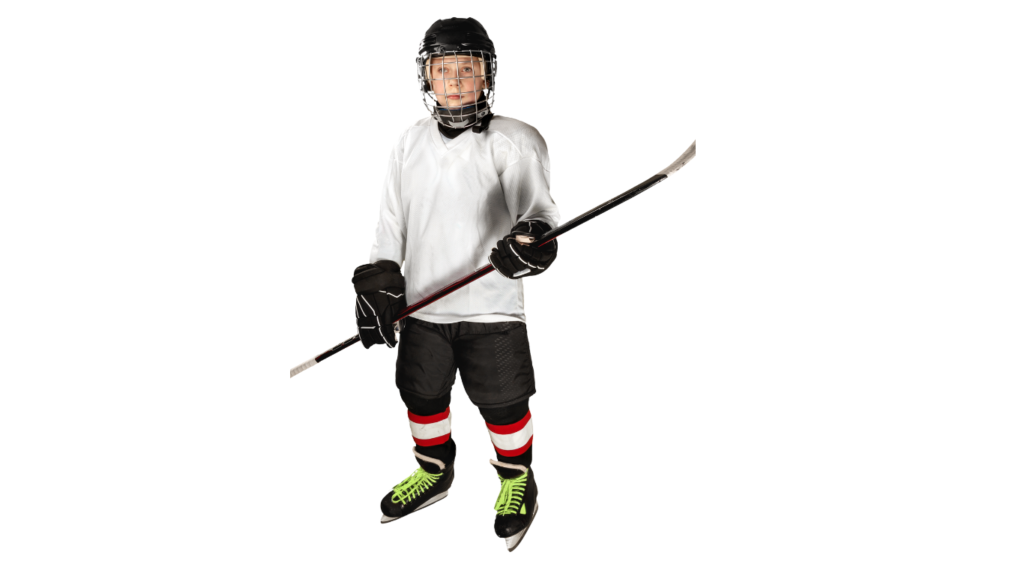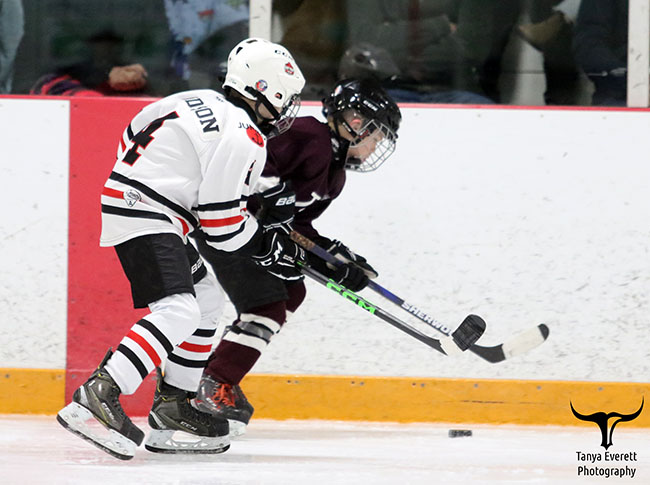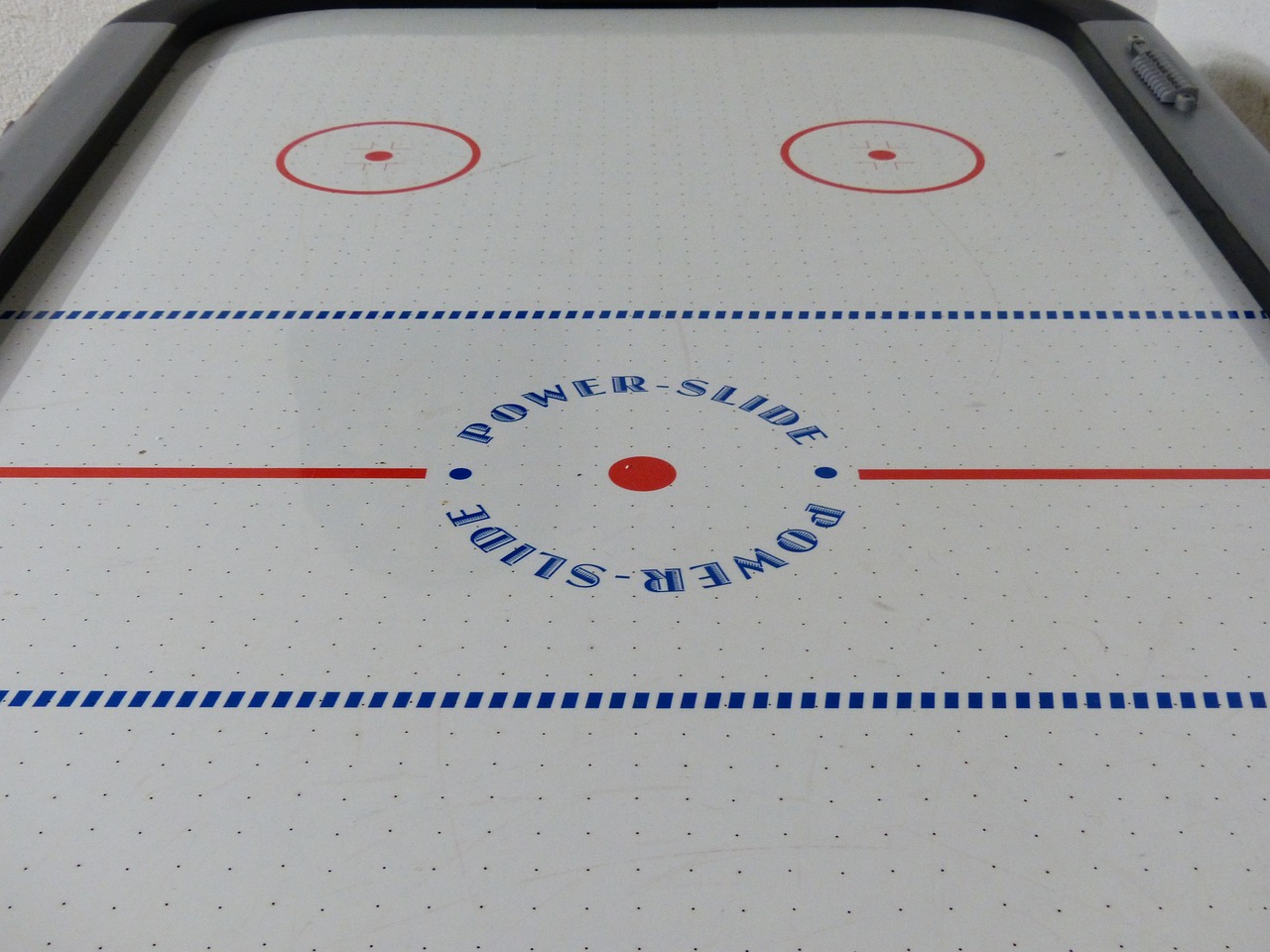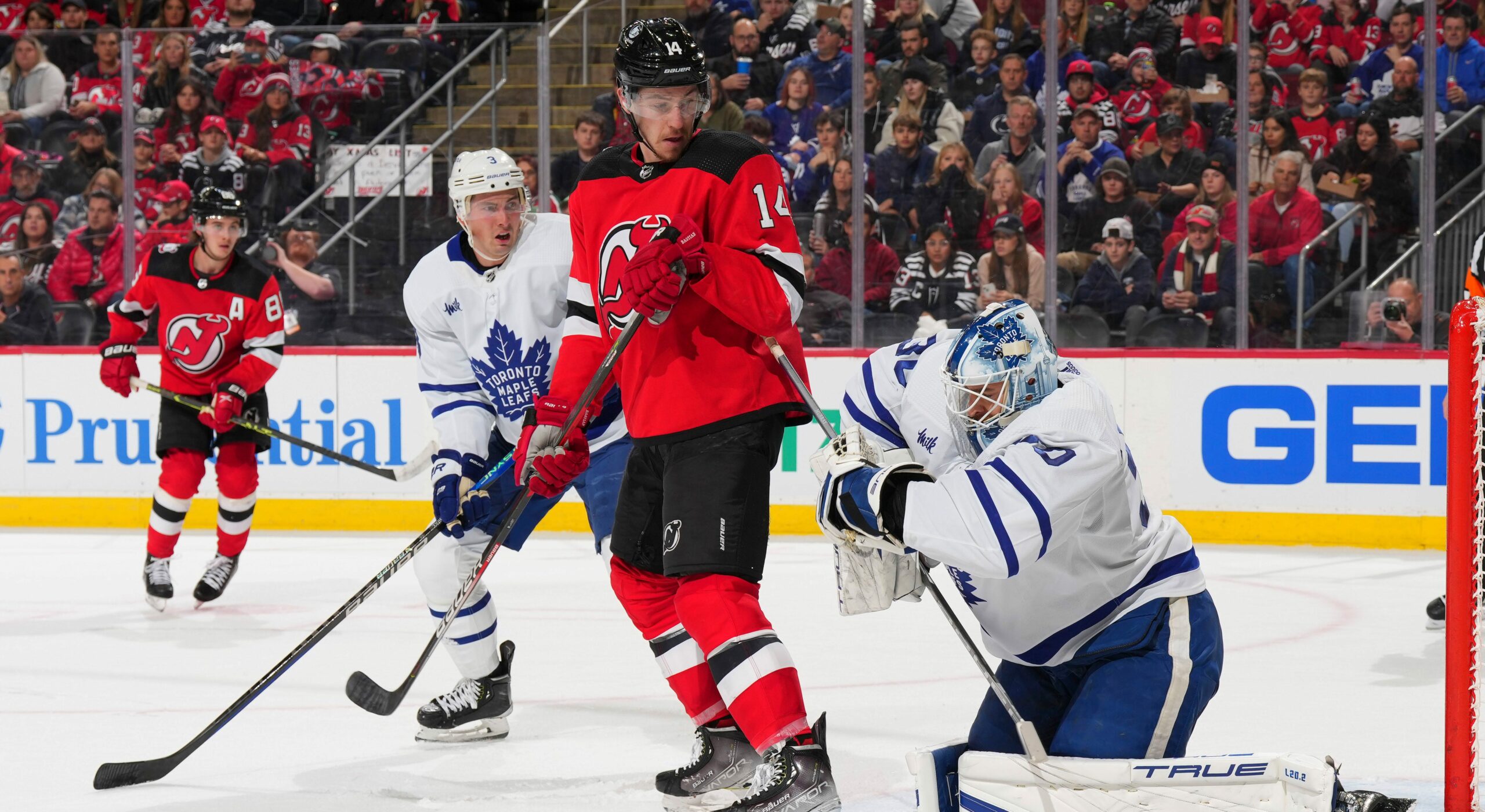What Size Hockey Stick is Best for a 7-Year-Old: A Guide for Parents
Are you looking to get your 7-year-old child involved in the sport of hockey? Selecting the proper size hockey stick for your young player is one of your most important equipment decisions. Choosing the right size stick can make all the difference in their ability to handle and control the puck. In this guide, we’ll cover everything you need to know about selecting the proper size stick for a 7-year-old hockey player.

Factors to Consider
Before we dive into specific stick sizes, let’s look at the factors that should be considered when selecting a stick for a 7-year-old.
Height and Weight
A child’s height and weight are important factors to consider when choosing the right size stick. A child who is taller and heavier will generally require a more extended and heavier stick than a shorter and lighter child.
Playing Style
Another factor to consider is your child’s playing style. Do they prefer to play forward or defense? Do they like to take slap shots or focus more on stickhandling? These preferences can impact the size and flexibility of the stick you select.
Comfort and Control
Ultimately, you want to choose a stick that feels comfortable in your child’s hands and gives them reasonable control over the puck. A stick that is too long or heavy can be difficult for a young player to manage, while a stick that is too short can impact their ability to reach the puck.
Stick Sizes by Age
Now that we’ve covered the factors to consider let’s look at stack sizes based on a child’s age.
7-Year-Olds
For a 7-year-old hockey player, the most common stick size is a youth stick with a length of 46-48 inches. These flexible and lightweight sticks make them more accessible for young players. However, if your child is taller or heavier, consider a slightly longer and more stiff stick.
Other Youth Sizes
If your child is different from a typical size for their age, other youth stick sizes are available. For example, a child who is smaller than average may benefit from a 44-45 inch stick, while a larger child may require a 49-50 inch stick. It’s essential to consider your child’s specific measurements and playing style when selecting a stick.
How do you fit a kid’s hockey stick?
Fitting a kids’ hockey stick is crucial to ensure their comfort, control, and development on the ice. Here’s a detailed guide on how to properly fit a kids’ hockey stick:
Choose the Right Size:
Selecting the appropriate stick length is essential. A general rule is that the stick should reach the child’s chin when they’re wearing their skates. This provides a good balance between control and power.
Check Flexibility:
Kids’ sticks come in various flex ratings. Choose a stick with a flex that suits the child’s weight and strength. A lower flex number (e.g., 40-50) is generally suitable for younger and lighter players.
Grip and Feel:
The stick’s grip is vital for control. Kids’ sticks often have thinner grips to accommodate smaller hands. Ensure the stick feels comfortable in their hands, allowing them to easily grip and maneuver it.
Handedness:
Determine whether the child is left-handed or right-handed. The dominant hand should be placed at the top of the stick for better control. A left-handed player holds the stick with the right hand at the top, and vice versa.
Stick Lie:
The lie refers to the angle between the blade and the shaft when the stick is flat on the ice. A proper lie ensures the blade contacts the ice evenly for optimal performance. Generally, a lie between 4 and 6 is suitable for most players.
Stick Height without Skates:
Have the child stand without skates and hold the stick in front of them. The stick’s butt end should ideally reach the nose or chin level.
Stick Height with Skates:
Once the child is in full hockey gear, including skates, the stick’s butt end should now reach the chin or just below it. This compensates for the added height from wearing skates.
Flexibility Test:
Have the child flex the stick by pushing down the blade against the ice. The stick should flex and bend slightly. If it feels too stiff, it might not be suitable for their weight and strength.
Trial and Comfort:
Allow the child to handle the stick and skate around to ensure they’re comfortable and can control it effectively. Adjustments can be made based on their feedback.
Regular Reassessment:
Kids grow quickly, so it’s essential to regularly assess their stick size and make adjustments as needed.
Properly fitting a kids’ hockey stick encourages their skill development, confidence, and enjoyment on the ice. As they grow and progress, consider involving them in the fitting process to ensure they have a stick that suits their playing style and preferences.
How do I choose a hockey stick flex for my child?
Choosing the right hockey stick flex for your child involves considering their age, size, and playing style. Generally, a lower flex rating is suitable for younger and lighter players, while a higher flex is better for older and stronger players. As a guideline, aim for a flex rating that is about half of your child’s body weight in pounds. For instance, if your child weighs 60 pounds, a stick with a flex around 30 would be appropriate. This allows the stick to flex properly during shots and passes, maximizing power and control. Keep in mind that as your child grows and gains strength, you might need to adjust the flex to match their evolving needs. Ultimately, a well-chosen stick flex will enhance your child’s performance, making their playing experience more enjoyable and productive on the ice.
Additionally, evaluating your child’s playing style is essential in choosing the right hockey stick flex. If your child is more focused on shooting and prefers a quicker release, a lower flex might be advantageous as it allows for easier loading of the stick. On the other hand, if they’re more physical and engage in aggressive play, a slightly higher flex could provide better stability for checks and defensive maneuvers.
What is the difference between youth and junior hockey sticks?
The difference between youth and junior hockey sticks lies in their size, length, flex, and intended age group. These distinctions are essential to provide young players with the appropriate equipment that supports their development on the ice.
Youth Hockey Sticks:
Size: Youth sticks are designed for the youngest players, typically aged 4 to 7. They are shorter and lighter to accommodate their smaller stature and strength.
Length: Youth sticks are usually between 40 to 46 inches in length, making them manageable for young players to control and handle comfortably.
Flex: The flex of youth sticks is lower, typically around 40 to 50, to match the limited strength of young players.
Grip and Feel: Youth sticks often have smaller grips tailored to fit smaller hands for better control.
Material: These sticks are usually constructed with lower-end materials, which helps keep costs down as young players quickly outgrow equipment.
Junior Hockey Sticks:
Size: Junior sticks are designed for players aged 7 to 13, bridging the gap between youth and adult sticks.
Length: Junior sticks are longer than youth sticks, generally ranging from 46 to 54 inches. This accommodates the growth of players and provides more power in shots.
Flex: Junior sticks have a slightly higher flex, often around 50 to 60, to account for the increasing strength of players in this age range.
Grip and Feel: Junior sticks offer slightly larger grips than youth sticks to match the growing hand size of players.
Material: Junior sticks can vary in terms of materials, with higher-end options incorporating better technologies and construction for improved performance.
Choosing the right stick size is crucial to help young players develop proper technique and skills. Starting with youth sticks and progressing to junior sticks as they grow ensures that players have equipment that supports their advancement on the ice. It’s recommended to consult with coaches or experts in hockey equipment to make the best choice based on a player’s age, size, and skill level.
Conclusion
Choosing the right size hockey stick for your 7-year-old child is an important decision that can impact their ability to enjoy and succeed in the sport. By considering factors like height, weight, playing style, and comfort, you can make an informed decision that will help your child develop their skills on the ice.
FAQs
What happens if my child’s stick is too long or short?
If a stick is shorter, it can be easier for a young player to manage and control. If a stick is longer, it can impact their ability to reach the puck. It’s essential to select a stick that is appropriate for your child’s height and weight.
Should I go with a stiffer or more flexible stick for my child?
This depends on your child’s playing style and preferences. Generally, more flexible sticks are more accessible for young players, but stiffer sticks can provide more power and accuracy for players who take more slap shots.
Can my child continue to use the same stick as they grow?
No, as your child grows and develops their skills, they will likely need to upgrade to a giant stick. It’s essential to regularly check the size and fit of your child’s stick to ensure it is still appropriate.



